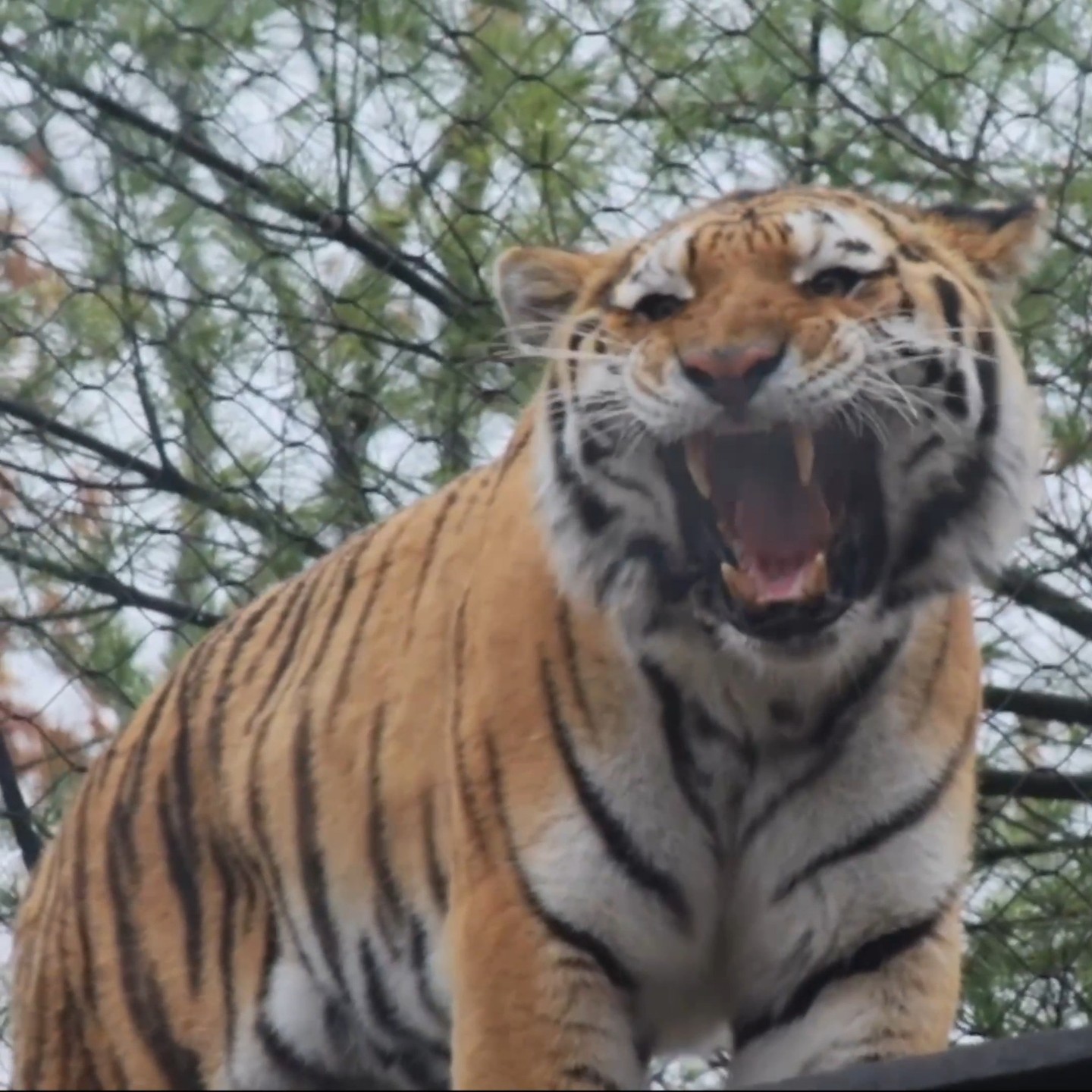- The significance of the Roaring into 2025 initiative for wildlife conservation efforts in zoological settings.
- Innovative features of modern zoos and how they contribute to the objectives of Roaring into 2025.
- The role of education and public engagement in enhancing awareness of zoo-based conservation.
- Challenges faced by zoos in implementing sustainable wildlife management practices.
- The impact of technological advancements on wildlife conservation and management within zoos.
Roaring into 2025 stands as a pivotal initiative for zoological institutions across the globe. It serves as a mission focused on enhancing wildlife conservation efforts through innovative strategies and public engagement. This initiative emphasizes the importance of modern zoos in not only preserving biodiversity but also in educating the public about the importance of these efforts. As we look towards 2025, it’s essential to understand how zoos are adapting and evolving to fit the conservation needs of an ever-changing world.
A significant aspect of the Roaring into 2025 initiative is its strategic alignment with contemporary conservation goals. Zoos are no longer viewed solely as places for entertainment but as crucial centers for wildlife preservation and education. This shift in perspective plays a vital role in conservation biology, a branch that combines the fields of ecology, genetics, and environmental science. Conservation efforts in zoos include breeding programs for endangered species, habitat restoration projects, and research on animal behavior and health. The initiative aims to bolster these efforts by encouraging zoos worldwide to adopt forward-thinking approaches that can better support wildlife populations in their care.
Modern zoos are at the forefront of innovation in wildlife conservation. Institutions are incorporating a variety of new techniques and technologies designed to enhance animal welfare and research capabilities. For example, many zoos are adopting habitat simulations that closely mimic natural environments, thereby improving the quality of life for animals in captivity. These simulations include features such as climate control, landscaping, and enrichment activities that promote natural behaviors. Moreover, zoos are utilizing advanced genetic techniques, such as CRISPR, to study and preserve genetic diversity within species, a critical factor in maintaining healthy populations.
Education and public engagement are central to the success of conservation initiatives like Roaring into 2025. Zoos serve as accessible platforms where the public can gain firsthand knowledge about wildlife and the efforts being made to protect it. Educational programs and interactive exhibits provide visitors with insights into the complexities of animal behavior, ecosystems, and conservation strategies. Many zoos are expanding their educational outreach to incorporate digital platforms, offering virtual tours, live-streamed events, and webinars. These efforts not only enhance public awareness but also inspire individuals to participate in conservation efforts, both locally and globally.
Despite these advancements, zoos face numerous challenges in their quest to implement sustainable wildlife management practices. Funding remains a significant hurdle, as conservation efforts often require substantial financial resources. Zoos must also navigate the ethical considerations surrounding captive animal care and the potential impact on natural populations if reintroductions are part of the conservation strategy. Additionally, there is the ongoing challenge of maintaining genetic diversity among captive populations, which is crucial for the long-term health and viability of species.
Technological advancements have a profound impact on wildlife conservation and management within zoos, offering both opportunities and challenges. Innovative tools such as GPS tracking devices, drones, and remote monitoring systems allow for the collection of detailed data on animal movement, habitat use, and health. This information can help zoos make informed decisions about animal care and conservation planning. Virtual reality experiences and augmented reality applications are also being explored as educational tools, providing immersive experiences that can deepen public understanding and engagement with conservation issues.
As we continue to support and develop the Roaring into 2025 initiative, it becomes clear that zoos are indispensable partners in global conservation efforts. By incorporating cutting-edge technologies and fostering public education, zoos not only advance their own conservation objectives but also inspire a broader societal commitment to preserving biodiversity. Through persistent innovation and collaboration, zoos can help ensure that the world’s wildlife and natural habitats are protected for future generations.
*****
Source Description
Roaring into 2025 🥳🎉✨


